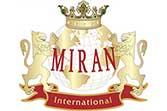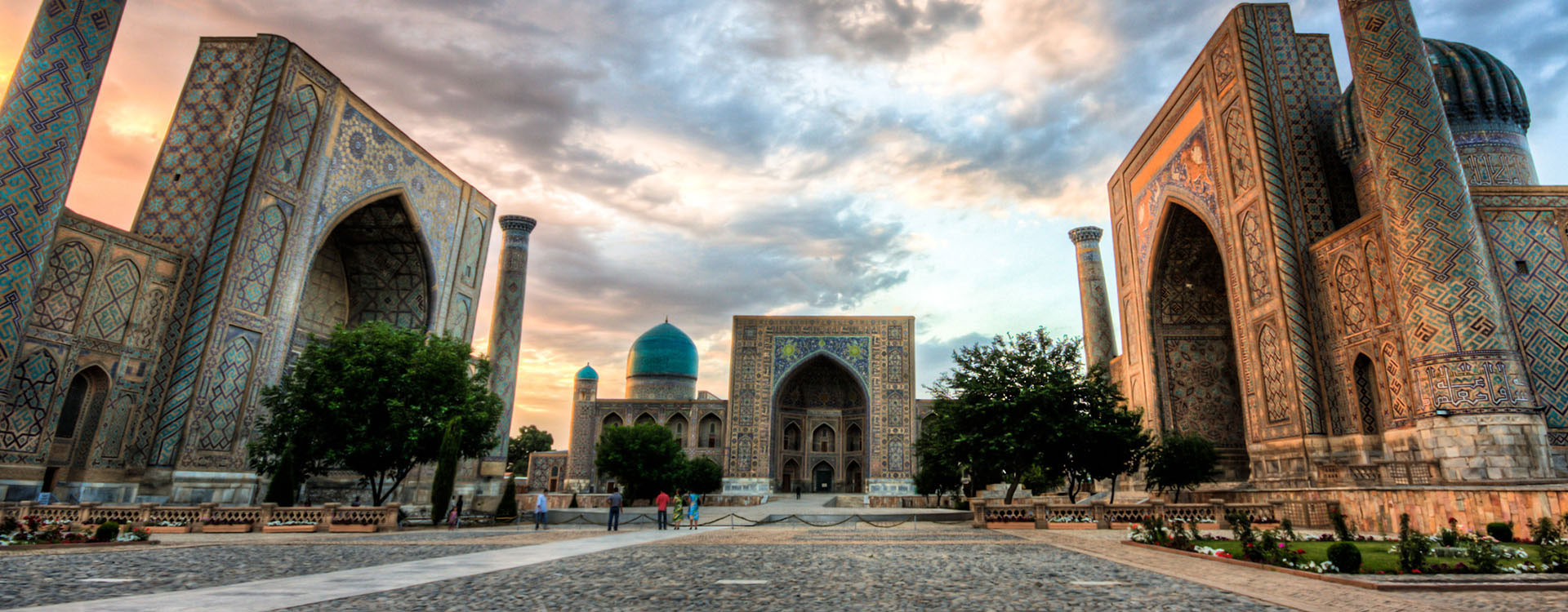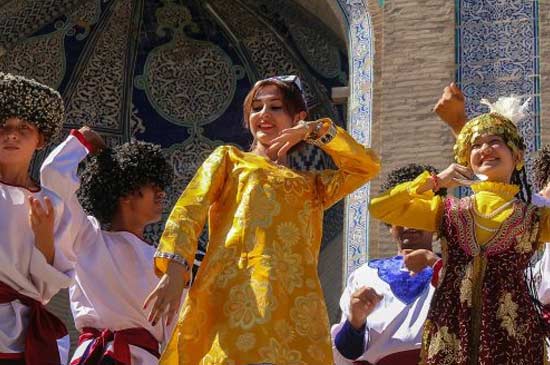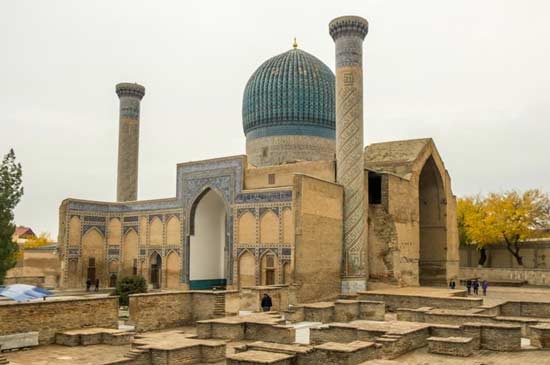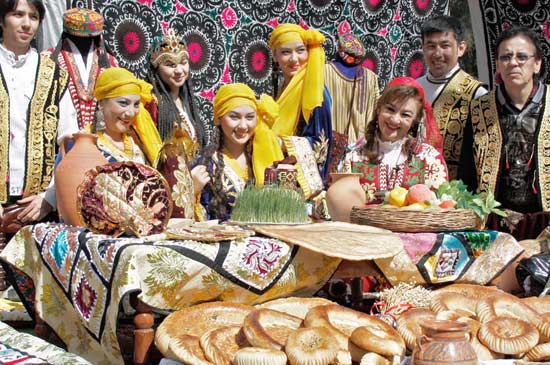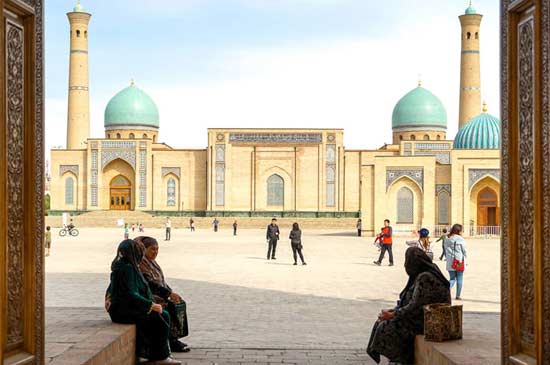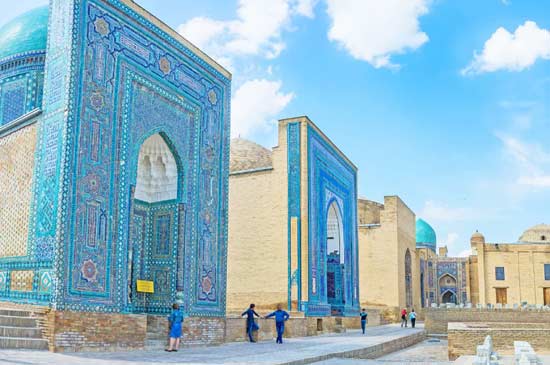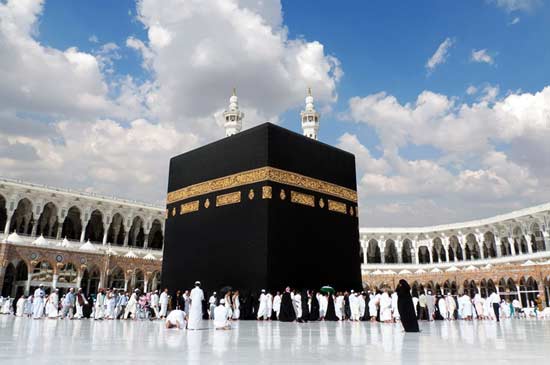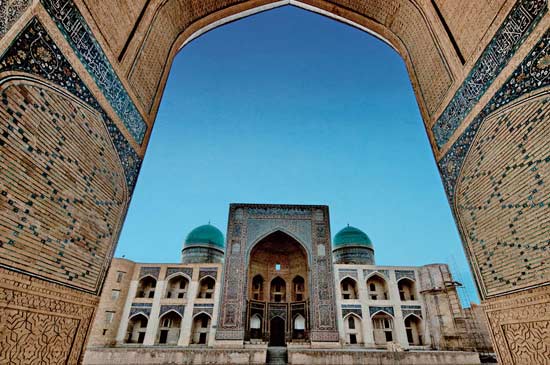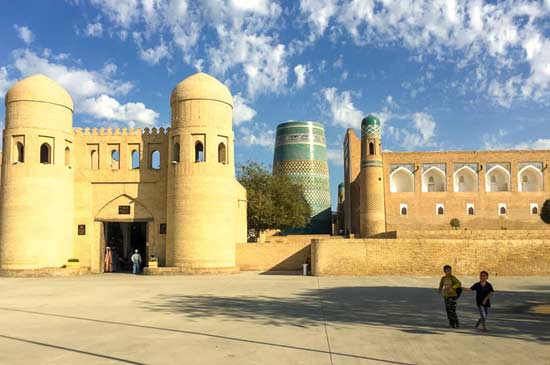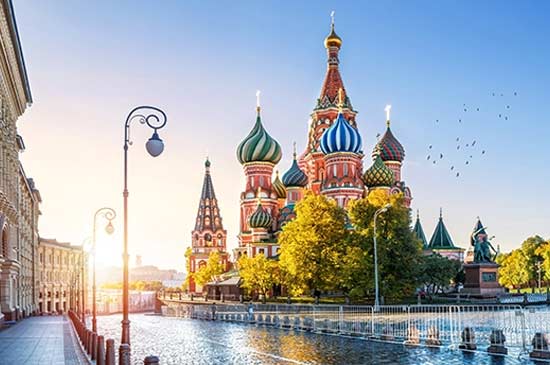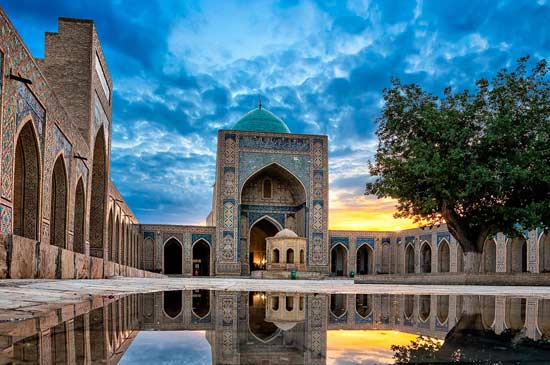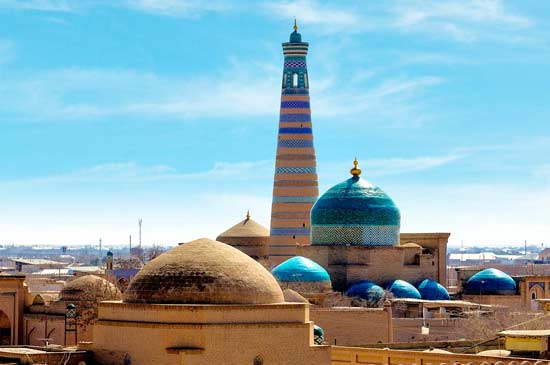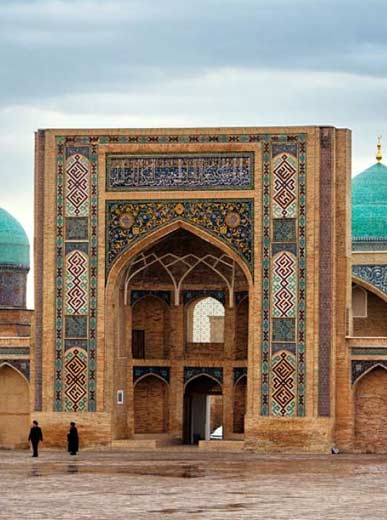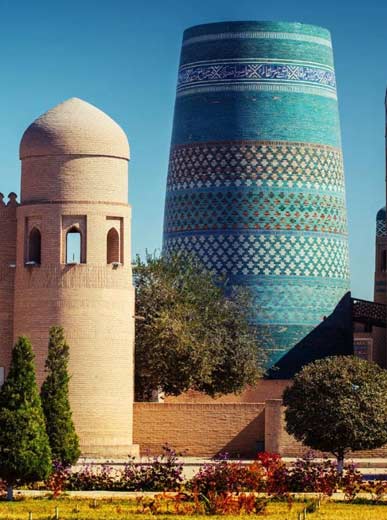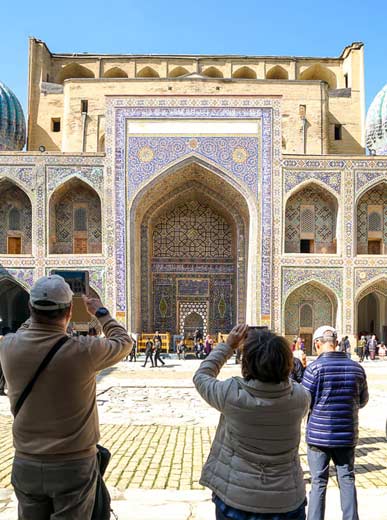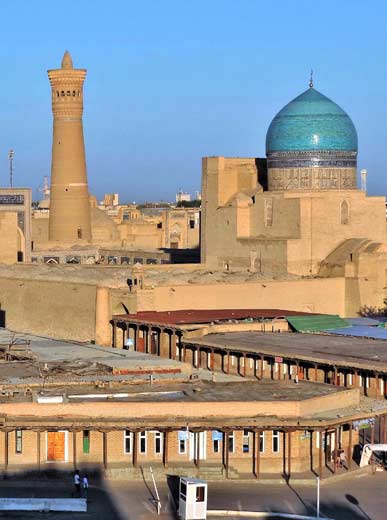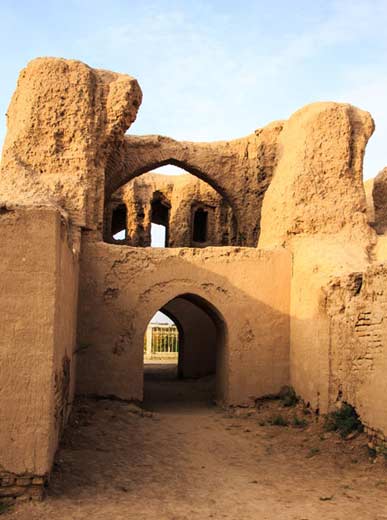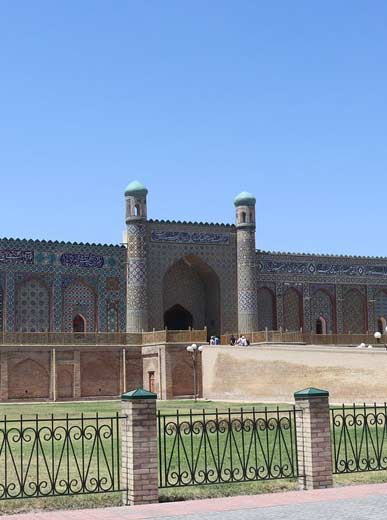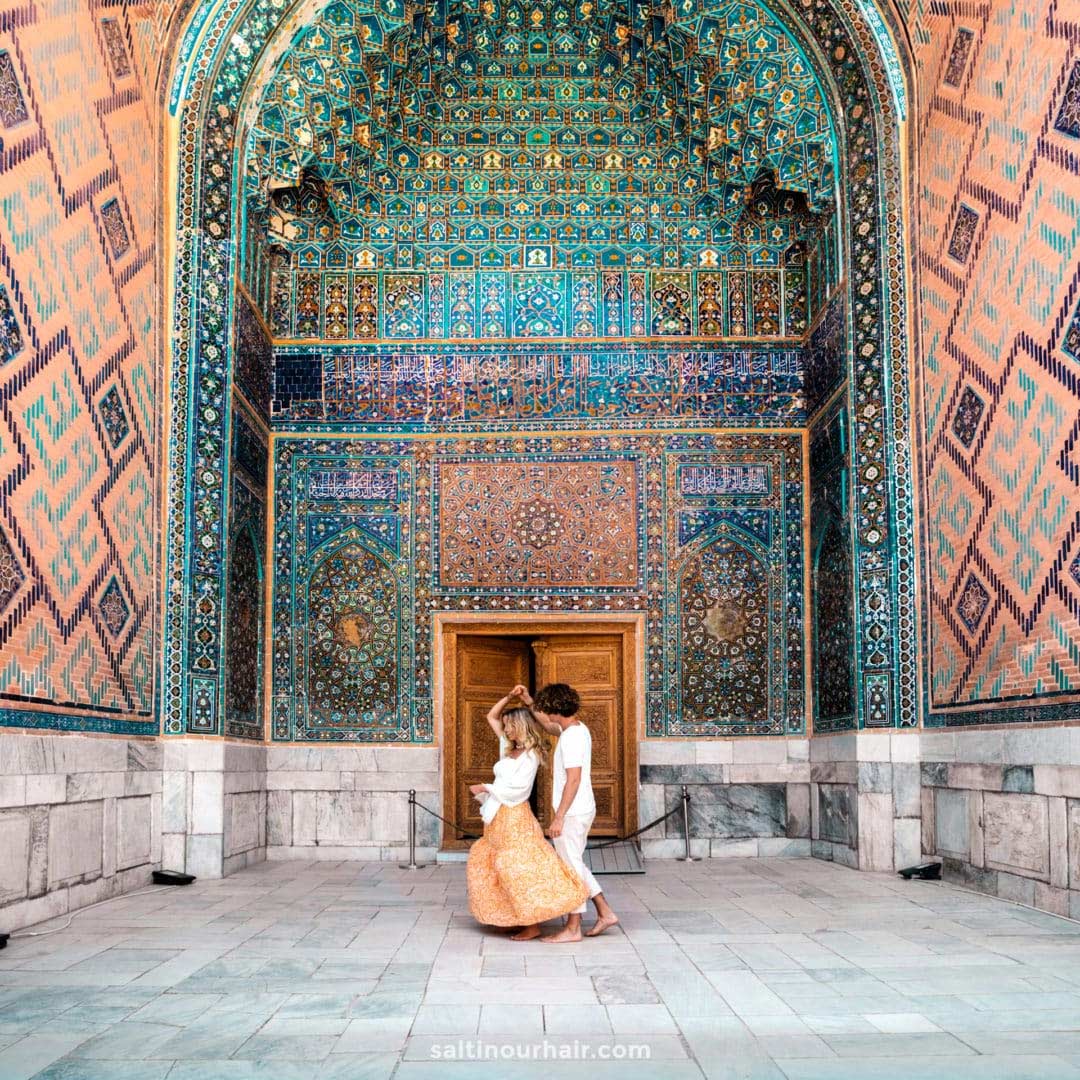Due to exceptional and storied History of Uzbekistan, it became the home of cultural diversity and beautiful architectural monuments.
Overview About History Of Uzbekistan
As Uzbekistan is the home of diverse culture and the only country surrounded by other landlocked countries, the History of Uzbekistan could not be simple. In other sense, Uzbekistan has a history that tells a lot about the rulers and groups and their works are charismatic which are reflected in the monuments seen during Uzbekistan Tours
History Of Uzbekistan
Prehistory
A 70,000 year old skull was discovered by A. Okladnikov in 1938 at Teshik-Tash of Uzbekistan and the skull was of a Neanderthal child in the age between 8 to 11 years old.
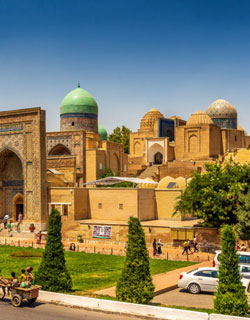
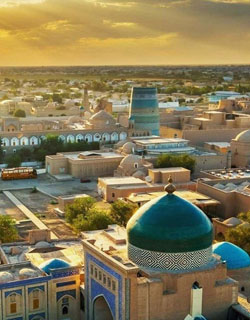
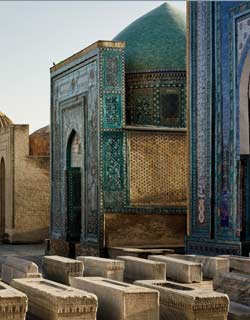
Early History
As Uzbekistan is located in the heart of Central Asia, it was first occupied by Irania Nomads in the first millennium BC. At that the time, cities like Bukhara and Samarkand became the centres of government and culture. By 5th century BC, the Bactrian, Soghdian, and Tokharian states occupied the region and the Iranian took the advantage when China makes its trade with the western countries through Silk Road. At that time, Transoxiana was one of the most influential and powerful Persian provinces.
In 328 BC, Alexander the Great conquered the region and brought to the control of Macedonian Empire. But the war in the region continued between Soghdian states and the other states in Transoxiana. In religious perspective, Zoroastrianism, Buddhism, Manichaeism, and Christianity religions are found.
Early Islamic Period
The Arabs invaded Transoxiana in seventh century under the leadership of Qutayba ibn Muslim, the brilliant military commander. In the battle of Talas River, Arab defeated the Chinese army in 750. But, the administration of Arabs develops the region without harming any centre of Uzbekistan. Under the reign of Abbasid Caliphate, the ruler of Arabs from 750, Central Asia and Transoxiana has golden age in 8th and 9th centuries. When Abbasid Caliphate became weak and local Islamic Iranian states proclaimed themselves as the rulers of Iran and Central Asia, Persian language continued for the literature and government works. Under the Samanids and Buyids, the Islamic culture of Transoxina continued again.
Turkification Of Transoxiana
Mongol Period
Rule Of Mongols And Timurids
Uzbek Period
Arrival Of The Russians
Russian Conquest
Entering The Twentieth Century
The Jadidists And Basmachis
The Stalinist Period
Khrushchev And Brezhnev Rule
The 1980s
1991 To Present
Book Top-Rated Packages
- No Booking Fees
- No Booking Fees
- No Booking Fees
Uzbekistan Travel Tips Cluster
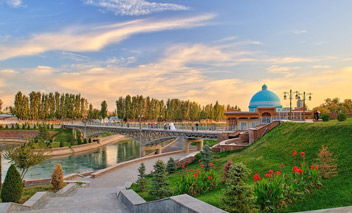
Best Time To Visit Uzbekistan
Uzbekistan In September
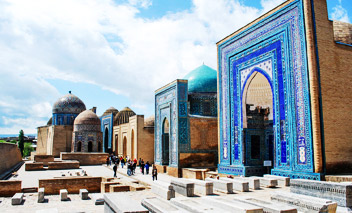
Best Time To Visit Uzbekistan
Uzbekistan In April
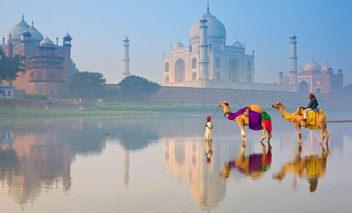
Best Time To Visit Uzbekistan
Uzbekistan In August

Best Time To Visit Uzbekistan
Uzbekistan In December
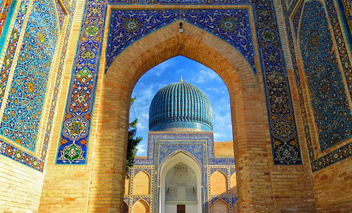
Best Time To Visit Uzbekistan
Uzbekistan In February
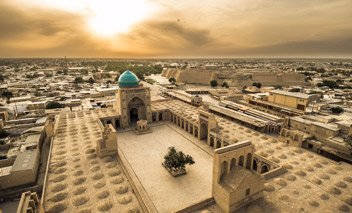
Best Time To Visit Uzbekistan
Uzbekistan In January
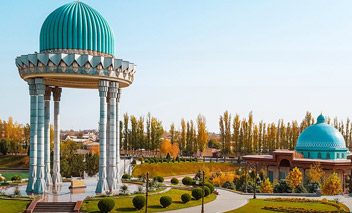
Best Time To Visit Uzbekistan
Uzbekistan In July
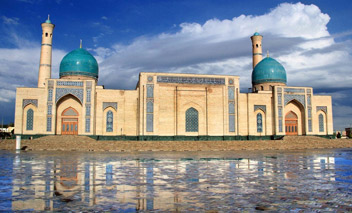
Best Time To Visit Uzbekistan
Uzbekistan In June
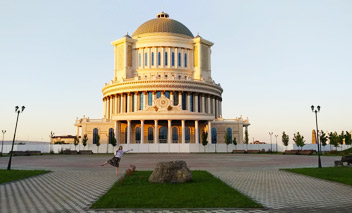
Best Time To Visit Uzbekistan
Uzbekistan In March
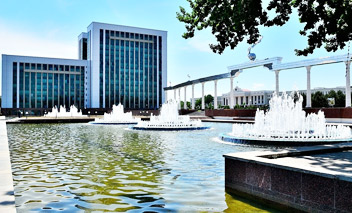
Best Time To Visit Uzbekistan
Uzbekistan In November
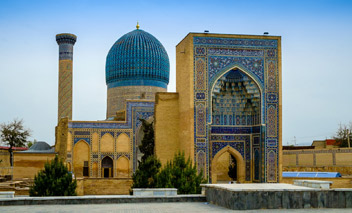
Best Time To Visit Uzbekistan
Uzbekistan In October
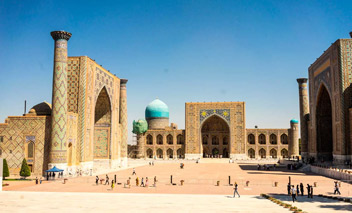
Best Time To Visit Uzbekistan
Uzbekistan Time Zone
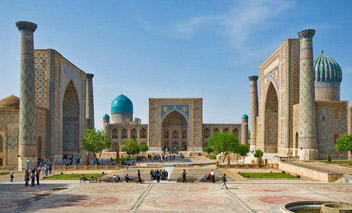
Best Time To Visit Uzbekistan
Travel Times In Uzbekistan
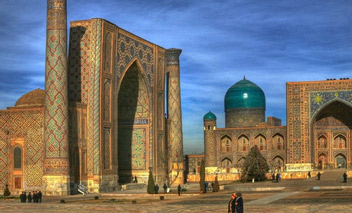
Best Time To Visit Uzbekistan
Uzbekistan Scenery

Best Time To Visit Uzbekistan
Uzbekistan Safety
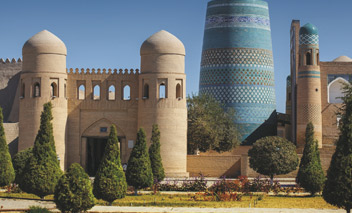
Best Time To Visit Uzbekistan
Uzbekistan Environment

Best Time To Visit Uzbekistan
Uzbekistan Health
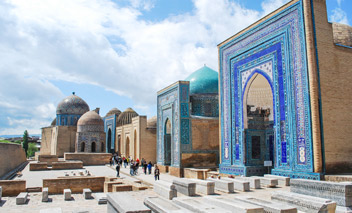
Best Time To Visit Uzbekistan
Uzbekistan Highlights
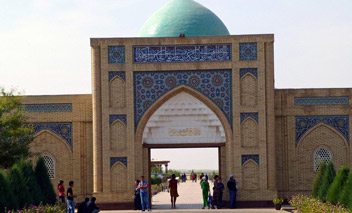
Best Time To Visit Uzbekistan
Uzbekistan Seasonal Overview
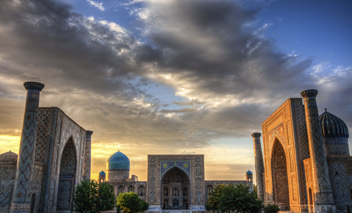
Best Time To Visit Uzbekistan
Best Time To Visit Uzbekistan

Best Time To Visit Uzbekistan
Khiva Weather
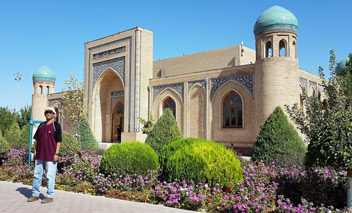
Best Time To Visit Uzbekistan
Termez Weather
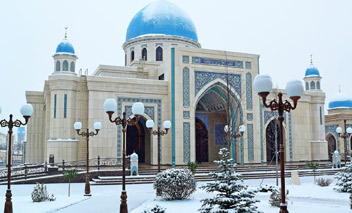
Best Time To Visit Uzbekistan
Tashkent Weather
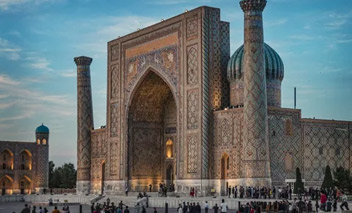
Best Time To Visit Uzbekistan
Samarkand Weather
Didn't Find A Tour Suitable For You ?
Start planning your tailor-made tour to Uzbekistan with one of our hand-picked local Travel Expert .
Our Partners







